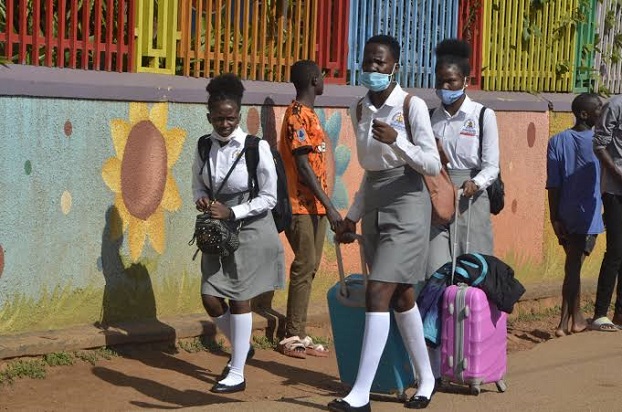Human traffickers who trick people with fake job offers and promises and then exploit them for profit are taking advantage of online technologies for every step of their criminal activities.
Research conducted by the UN Office on Drugs and Crime (UNODC) shows how victims are being targeted and recruited via social media and online dating platforms, where personal information and details of people’s locations are readily available.
Sexual abuse and other forms of exploitation are taking place virtually and photos and videos sold further on different platforms to customers worldwide, resulting in even more money for the traffickers at no additional cost.
“Traffickers are currently using technology to profile, recruit, control and exploit their victims as well as using the Internet, especially the dark web, to hide illegal materials stemming from trafficking and their real identities from investigators,” indicates a background paper produce by UNODC’s Human Trafficking and Migrant Smuggling Section.
The paper shows that many of the websites they use are fake but sometimes they post advertisements on legitimate employment portals and social networking websites. Some of them feature the option of a live chat which gives the trafficker immediate contact and the opportunity to obtain personal information, such as passport details, enhancing their power over the targeted victims.
The illicit proceeds from this highly profitable crime are also being laundered online through cryptocurrencies, which makes it easier for traffickers to receive, hide and move large amounts of money with less risk of being detected.
This week, experts from around 100 countries met online and in Vienna, Austria, to discuss strategies to combat this phenomenon and make the best use of technology to prevent human trafficking and investigate cases of this crime.
The discussion formed part of the annual intergovernmental Working Group of Trafficking in Persons and centres around an in-depth background paper on this topic produced by UNODC’s Human Trafficking and Migrant Smuggling Section.
“Traffickers are quick to adapt their business model to suit their needs and increase their profits, so of course they follow online trends,” explains Tiphanie Crittin, a UNODC Crime Prevention and Criminal Justice Officer.
Discussants observed that the internet provides easy access to a much larger group of potential victims because traditional physical and geographical limitations no longer exist. Yet, the global nature of human trafficking and the abuse of technology makes it even more difficult for law enforcement authorities to tackle this crime, explains Crittin.
“When a crime is planned in one country, with victims in another country, and a customer in a third one, law enforcement authorities face practical challenges such as finding and securing evidence, as any investigation requires cooperation across borders and a certain level of digital expertise,” she says.
Traffickers use technology to control their victims remotely, sometimes without having to ever met them in person. For over a decade, online advertising has been the main tactic used by traffickers to solicit buyers for commercial sex
Location-tracking applications and the use of global positioning systems in mobile phones can be used to know the victim’s location, while cameras in smartphones used during video calls enable traffickers to see their victims and their surroundings. Traffickers also maintain control over their victims by threatening to release intimate photos or videos of them to families and friends if they do not comply with their demands.
The COVID-19 pandemic has provided further opportunities for traffickers due to the increased use of the Internet, in particular, social networks and online video gaming sites.
“Containment measures to control the spread of the virus meant that people spent much more time online, especially children since schools were closed. We have seen an increase in child sexual exploitation materials created and shared online during the pandemic,” says Tiphanie Crittin.
Despite the increasing criminal uses of technology by traffickers, technology can also be used to identify victims and support police investigations and prosecutions.
“However, when investigators enter the digital world of citizens, they have access to personal information. It is crucial to have strict frameworks around such access and use of data to make sure that the right to privacy and human rights are respected,” Crittin adds.
The UNODC background paper shares numerous examples of existing or promising partnerships and tools that countries are using or developing. These include digital forensics, data scanning tools, smartphone apps and successful collaborations with technology, social media and Internet companies.
-URN





